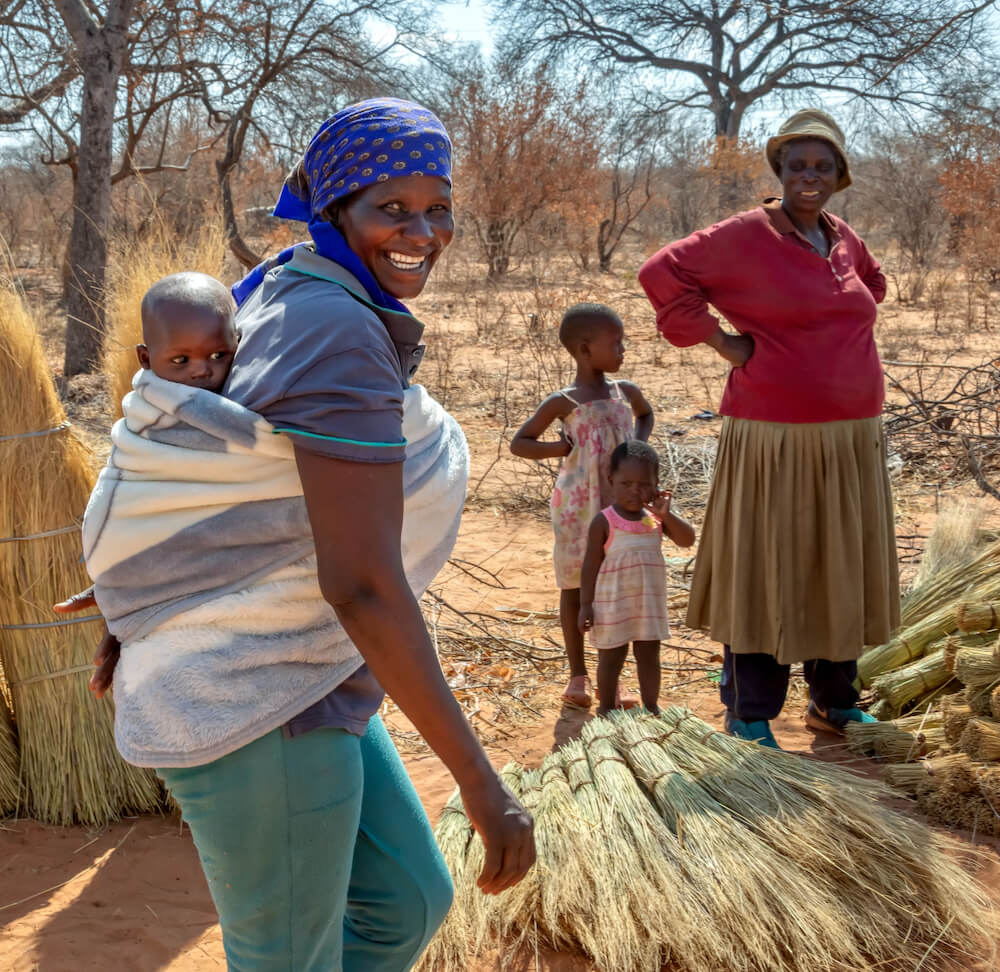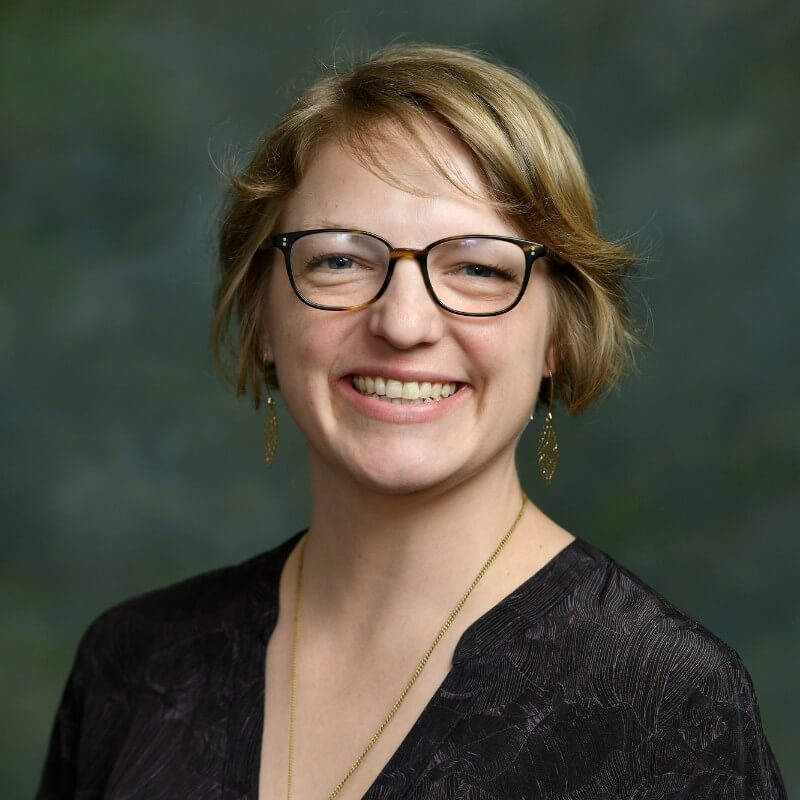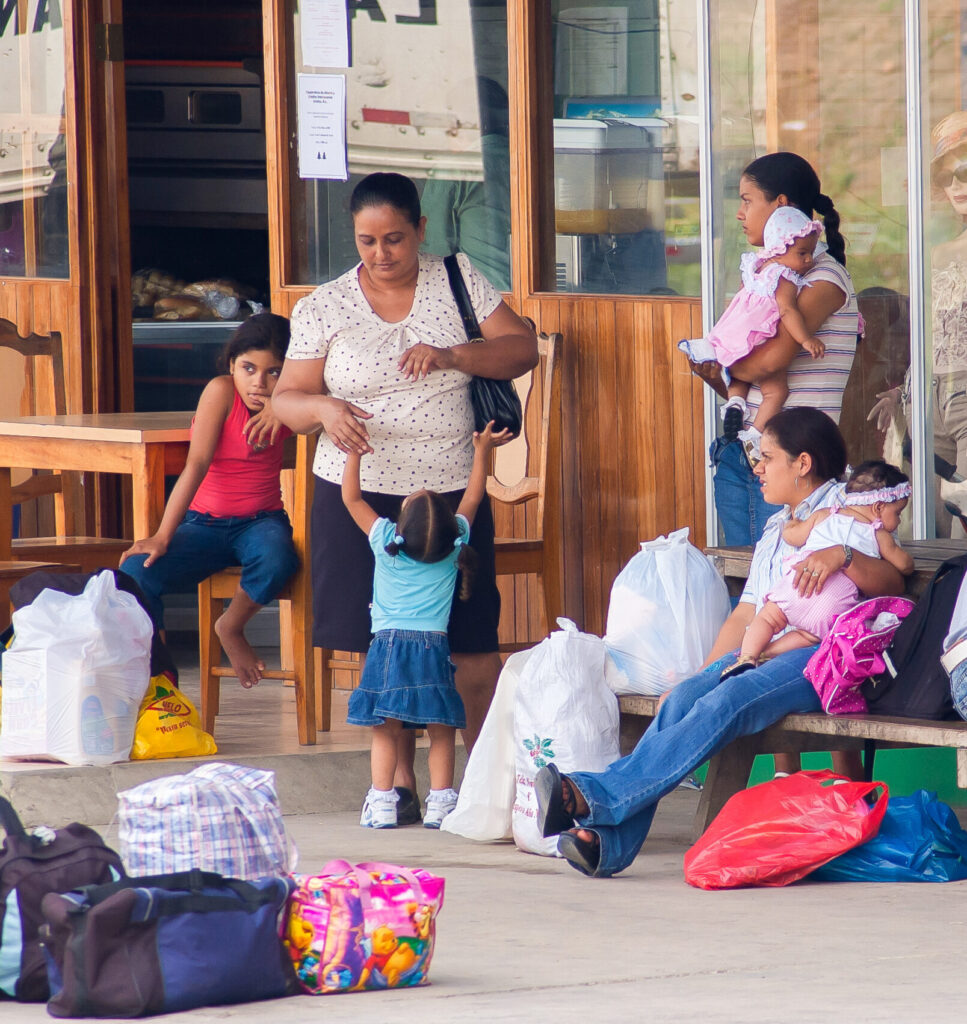
Imagine a woman living in a village near Arusha, Tanzania. Let’s call her Carla. She lives in a small home with three young children and her husband. They have a small plot of land behind their house where they raise vegetables, chickens. When income is steady and predictable, they buy a few goats. She learned to make cheese from a local NGO, so she sells goat cheese and milk, along with her vegetables or crafts, and she puts her earnings into her savings group. Her husband is a day laborer and farmer, but work can be hard to come by, so he often travels into town looking for work and can be gone for weeks at a time. School expenses, sending money to her parents and mother-in-law, and keeping up with her microloan repayments from her savings group weigh on her mind from the moment she wakes up to the time she finally gets to rest after everyone else has gone to sleep.
Carla’s not alone. Nearly two billion low-income people around the world, 56 percent of whom are women, remain excluded from formal financial services, along with millions more dormant bank accounts worldwide. Carla could benefit from financial products that keep her money safe, access to government schemes to support her and her family with money and food, insurance for when the unexpected happens, and carefully designed credit products when she needs them.
Most financial products were not designed with someone like Carla in mind.
These types of products exist on the market today. But Carla doesn’t have access to them. And even if she did, most of these products were not designed with someone like Carla, her family, and her community in mind. Despite the fact that Carla is careful and committed to her savings group and inventive when it comes to livelihood opportunities, most, if not all, formal banks would consider her, and others like her, too risky to bank.
Are We Listening to Women Enough?
The persistent global gender gap in account ownership, mobile phone ownership and usage speaks to this misperception. The existing financial system – including aspects of the inclusive finance industry – was not designed with women’s needs in mind, low-income women in particular. Gender roles and norms – behavior based on social expectations – determine men’s and women’s caregiving duties, mobility, livelihoods, education, and access to economic opportunities and financial services. By and large, women who are able to participate in paid labor are also expected to care for dependents. They choose livelihoods that allow them to also perform care work – most often livelihoods that are underpaid and contingent, where the individual worker is dispensable. Frequently, women are unable to choose their occupation or claim ownership over assets as gender norms are also embedded within the legal and banking systems. Women the world over are subject to these norms.
Frequently, women are unable to choose their occupation or claim ownership over assets.
We bring gender assumptions and expectations with us into every aspect of our lives, including when designing and delivering financial products and services. For example, basic bank requirements have assumptions embedded into the very forms and documents meant to help banks get to know customers. Who is the person who can complete a know-your-customer (KYC) form? Not people like Carla. Who is the person who can show valid state-issued identification? Likely not people like Carla. Who is the person who can show proof of ownership over their land? Unfortunately, it’s unlikely Carla has a deed in her name.
It is time we ask ourselves if the current system work for everyone? And if not, what needs to change? Can we as an industry claim that we are listening to women?
This is a massive opportunity for the industry to rethink our work. In fact, there are numerous examples of providers and funders exploring these questions and thinking critically about how successfully and sustainably to reach women.
- Grameen Foundation created a network of female agents in India and the Philippines – training low-income women to bring financial services to rural communities.
- TymeBank is a fully digital bank based in South Africa that provides basic banking services and financial guidance to its customers. It recently launched a financial literacy service for its first-time banking customers to help them navigate their financial lives during the COVID-19 pandemic.
- JazzCash, a mobile money provider based in Pakistan, designed a marketing campaign specifically to address potential female-clients. They also embedded a gender lens using behaviorally informed text messages to encourage current users to refer more women.
- IDRC-funded research is improving our knowledge-base of what women need and how financial services can transform their lives.
- Researchers out of Innovations for Poverty Action (IPA) — Kyle Holloway, Zahra Niazi, and Rebecca Rouse — analyzed specific supply- and demand-side gender based barriers to financial inclusion. Their research highlights more providers using a gender lens to improve their services to female customers.
Are Women’s Lives Actually Improving?
CFI’s new strategy puts advancing women’s financial inclusion at the foreground, where our research and advocacy will center around the question: do financial solutions improve women’s lives? This work focuses on three critical elements seen in Carla’s story: social norms, the digital divide, and gaps in gender data. Knowing how to design products to serve Carla’s needs – and how to rethink financial systems – begins with understanding her aspirations, limitations, and resources. At CFI, we will gather data to understand her life, which will inform providers and policymakers to better meet the Carlas of the world where they are.
Knowing how to design products to serve Carla’s needs begins with understanding her aspirations, limitations, and resources.
Women are not a single market segment; a deeper understanding of the lives of women – for example, their livelihoods and the social norms that shape their lives – will help inform providers of their financial service needs and how the sector can better serve them. CFI is leading research to understand the necessary components for building women’s financial and digital capability as well as the key normative constraints impacting providers and limiting women from improving their lives through financial services. The hope is that evidence will catalyze knowledge, innovation, and initiatives to embed norms-transformative work throughout the inclusive finance field.
Join Us
CFI’s Financial Inclusion Week lineup includes a lively podcast conversation with three experts on gender norms and gender transformative financial services and a live webinar that unpacks design principles for building women’s financial capability. We hope participants walk away with a deeper understanding for why and how to build women’s financial inclusion.
The conversation doesn’t stop after Financial Inclusion Week concludes. CFI hopes to continue to learn from the industry to better shape our work. Want to tell us about what you’re doing? Please contact us at center@accion.org.
Authors










